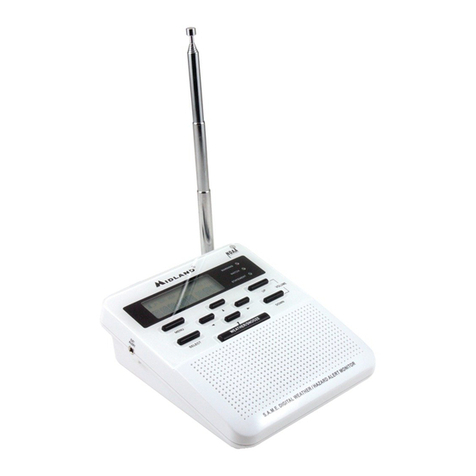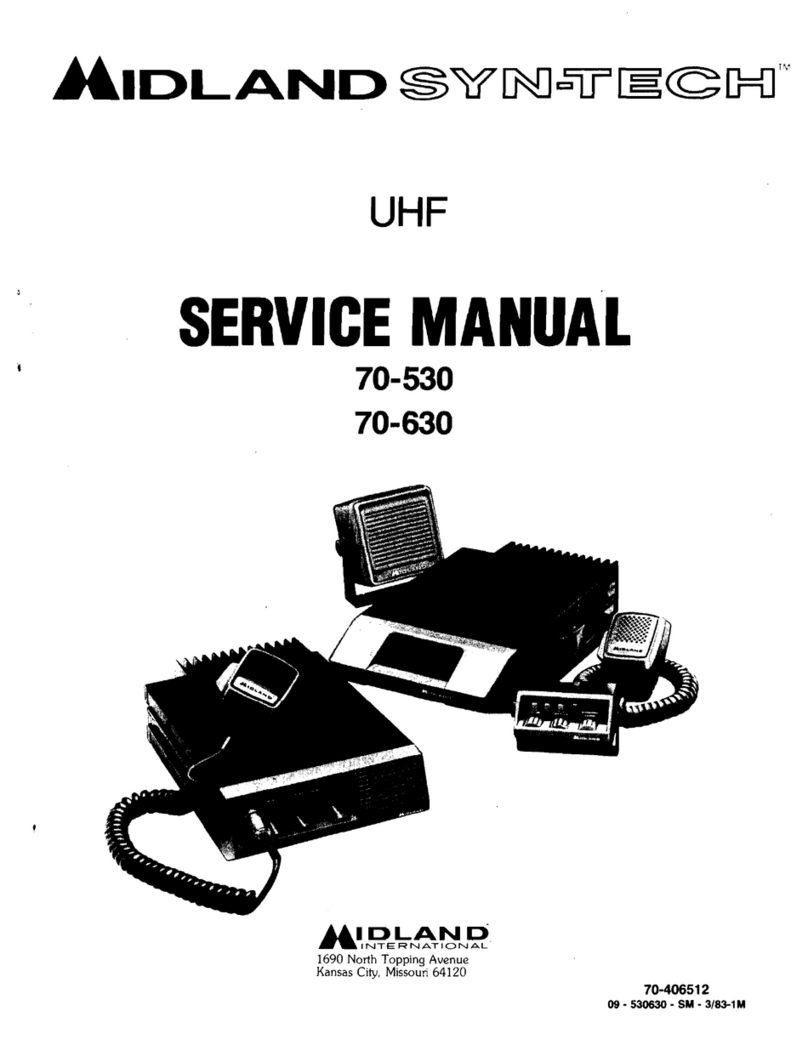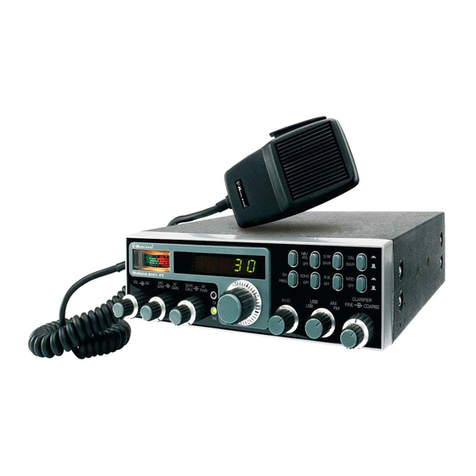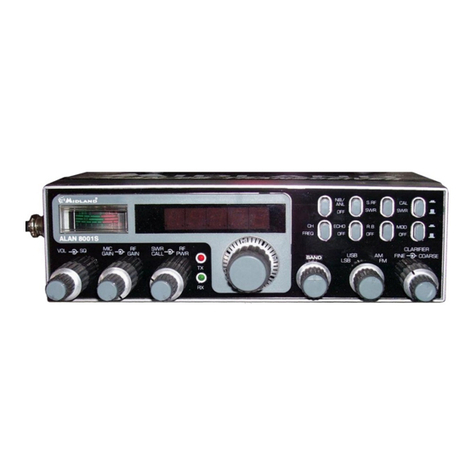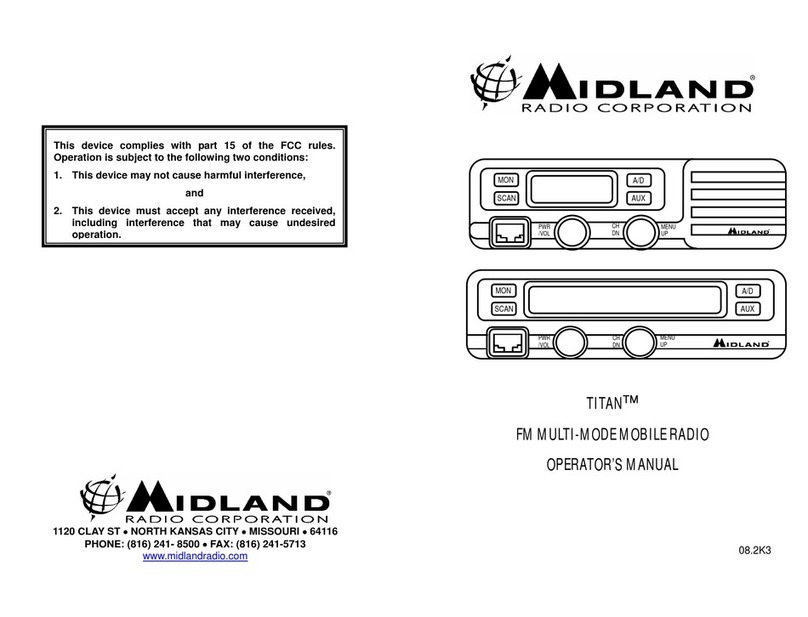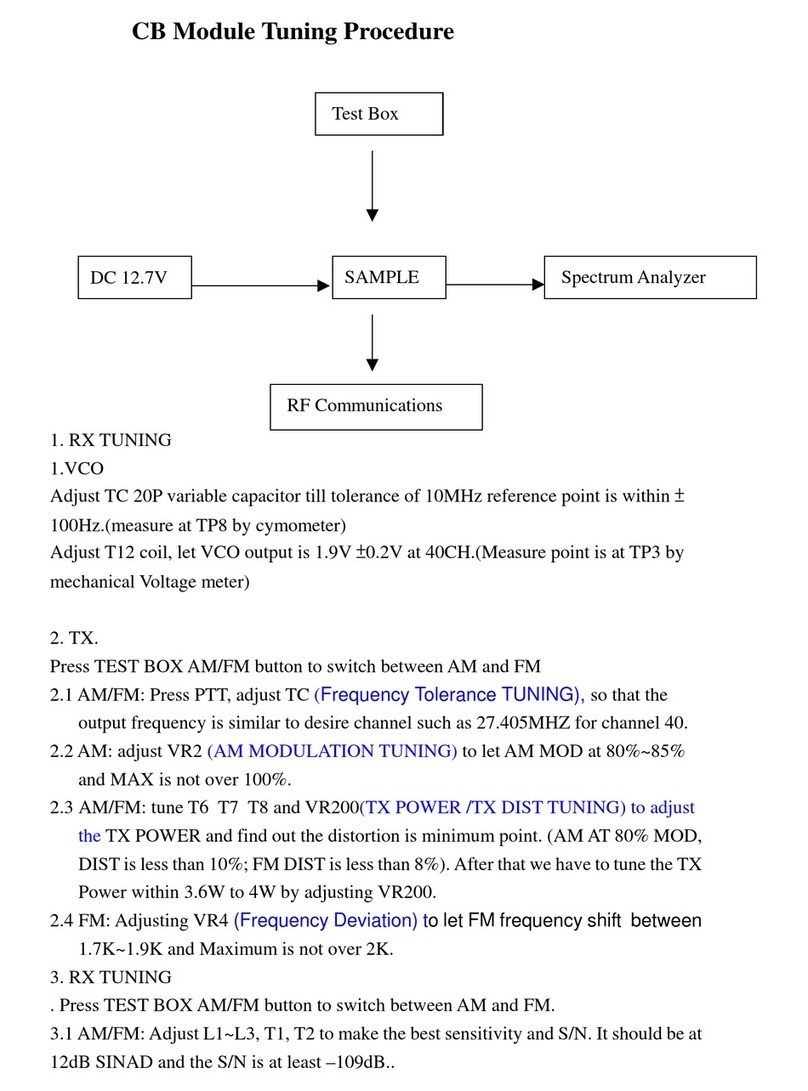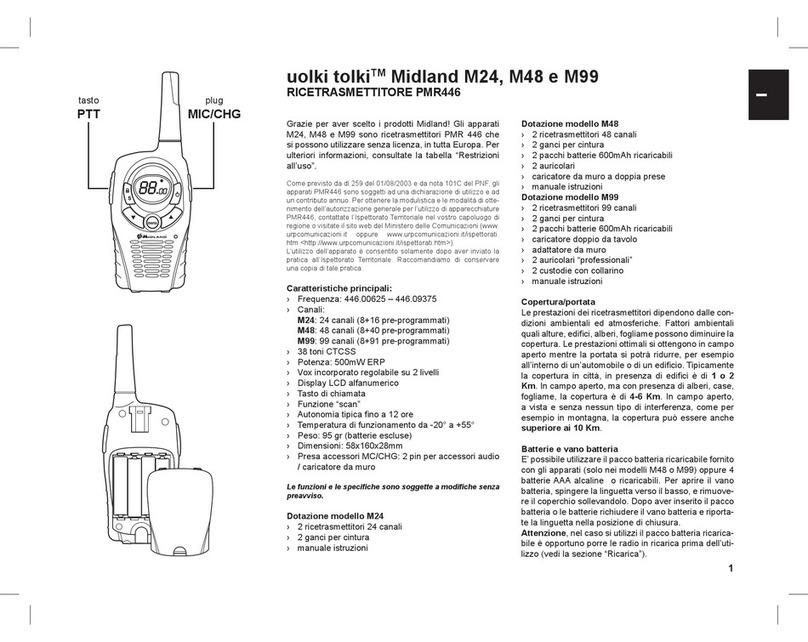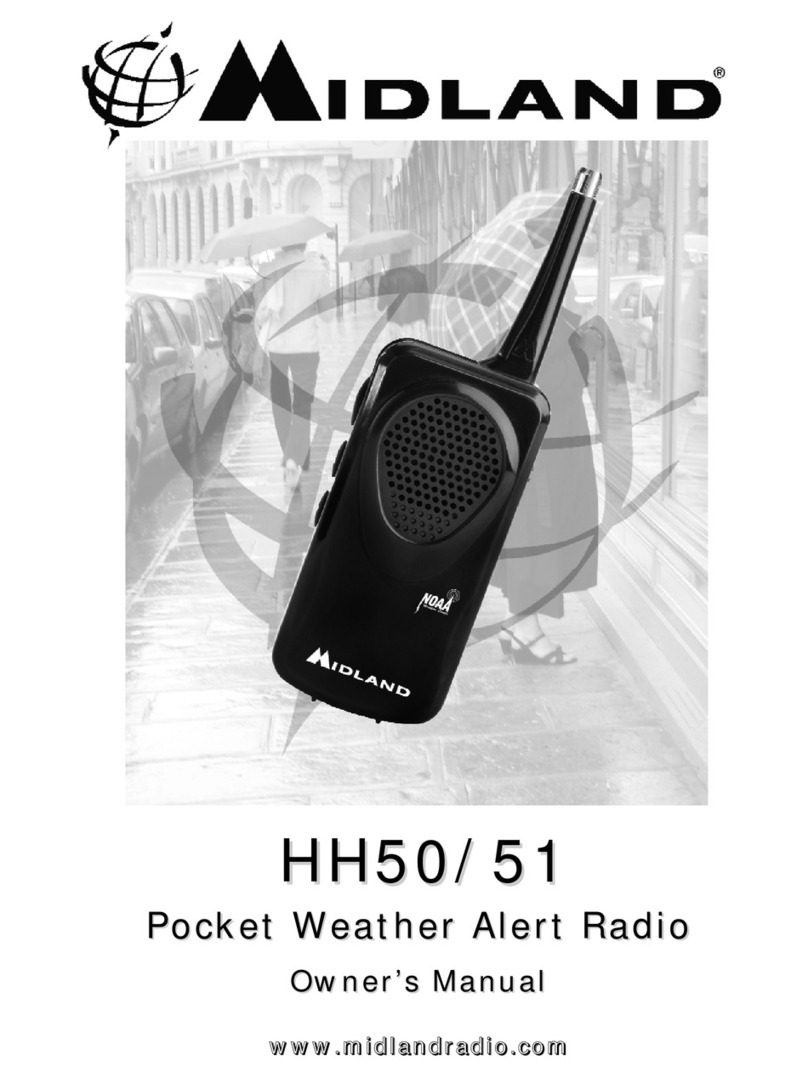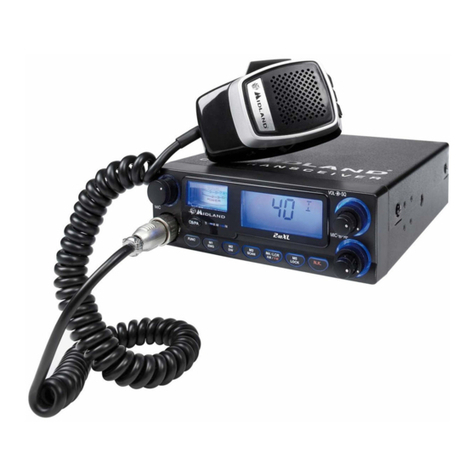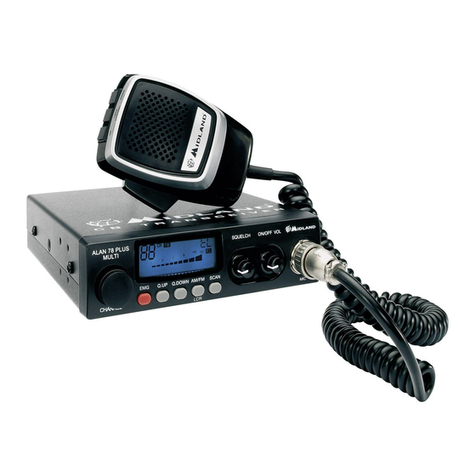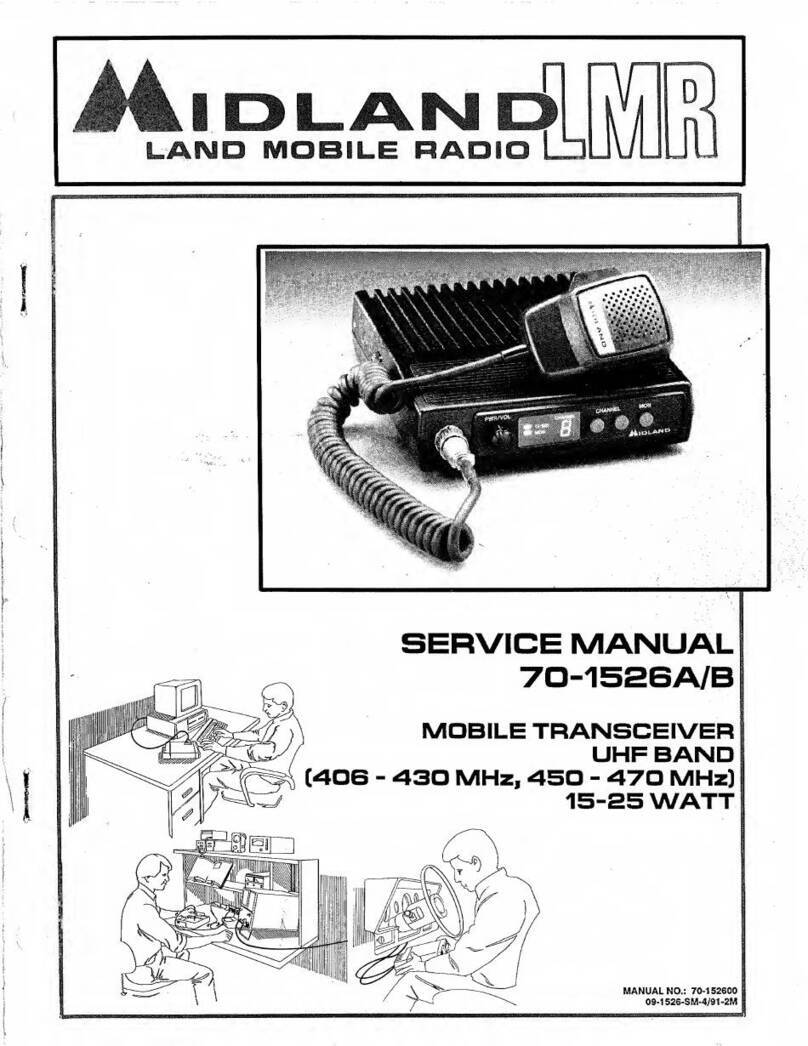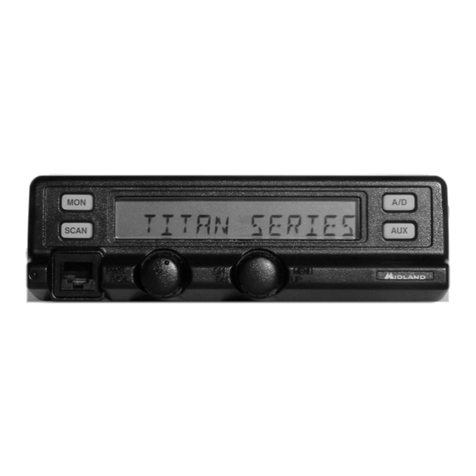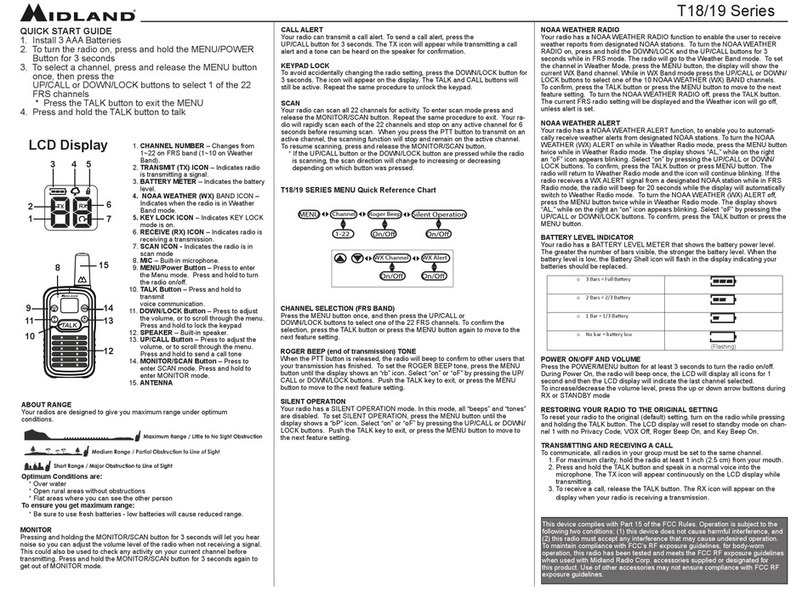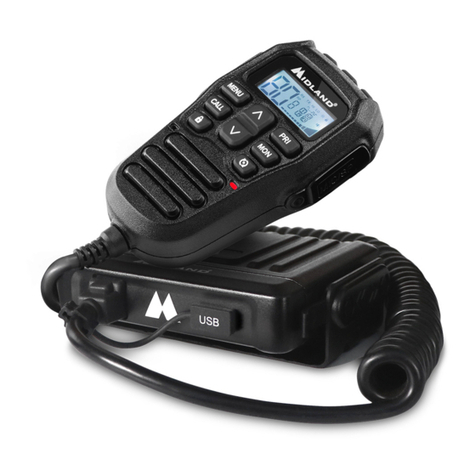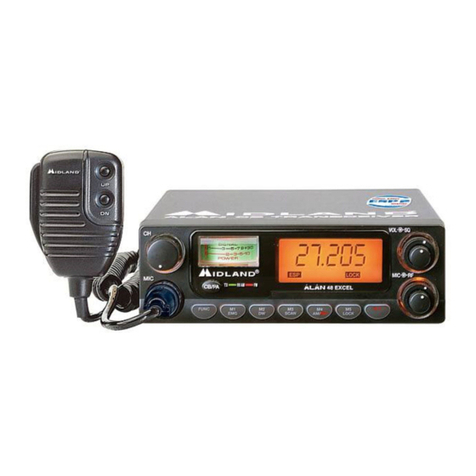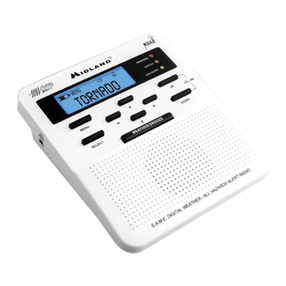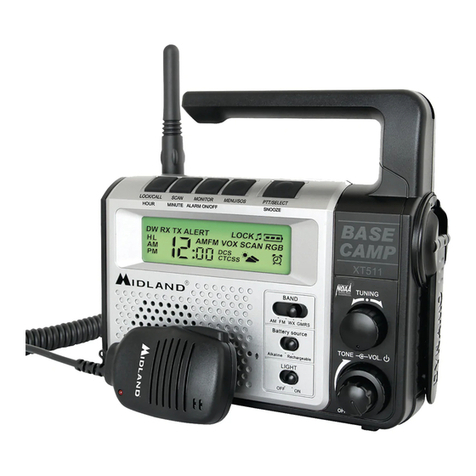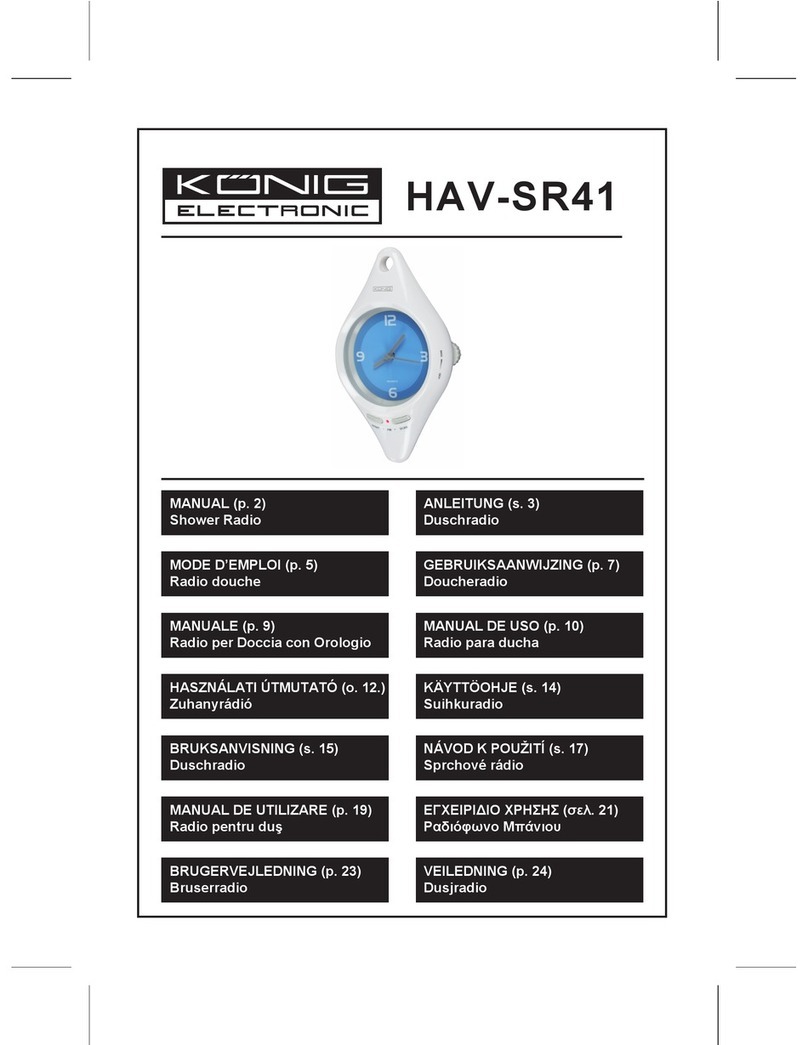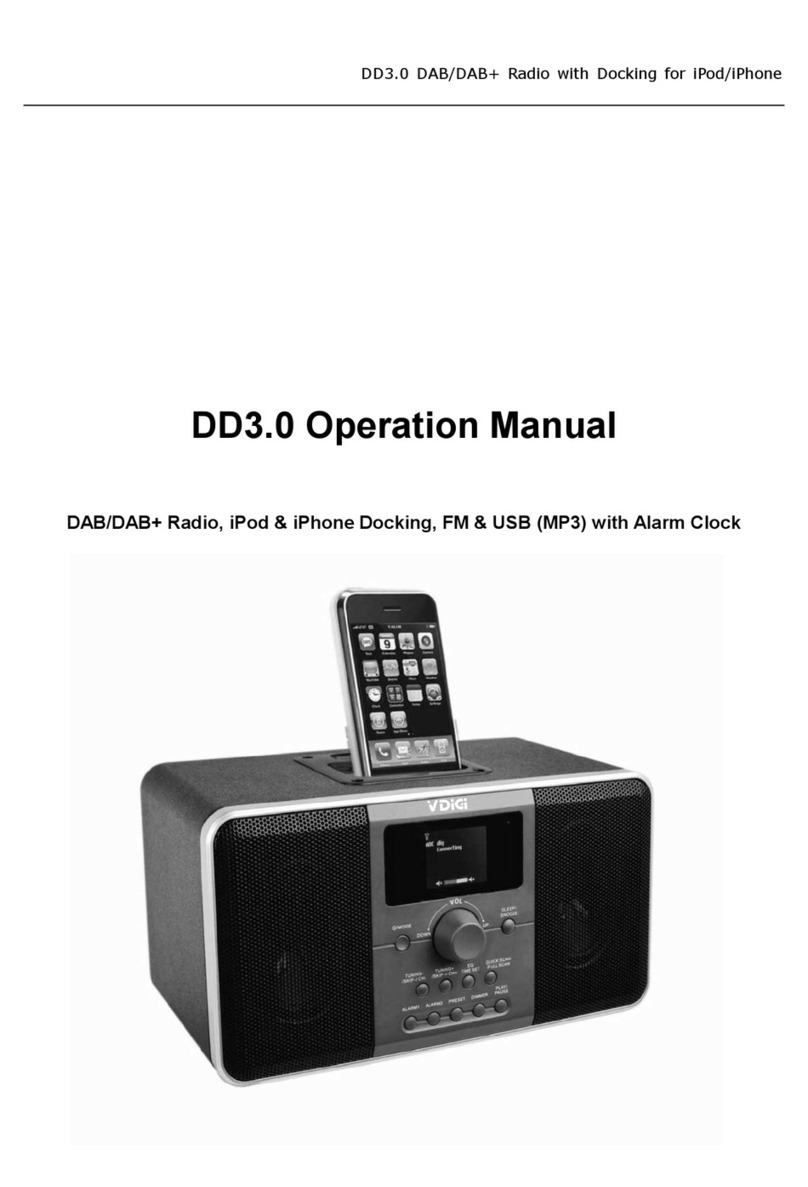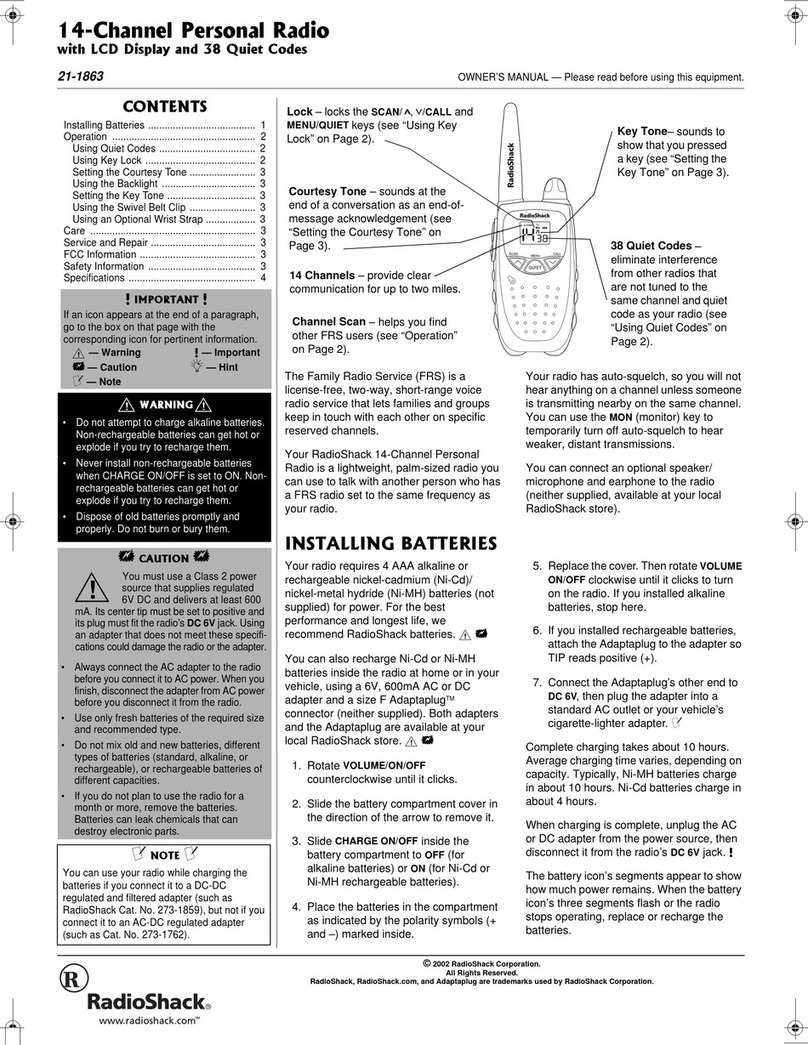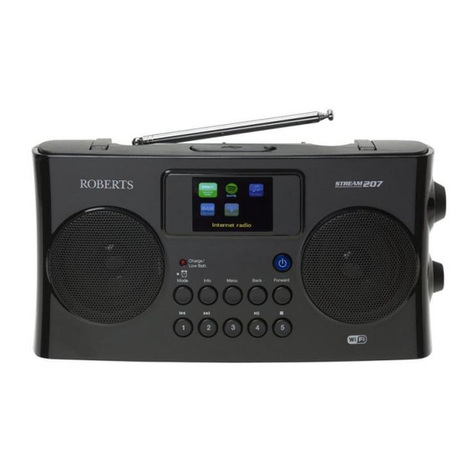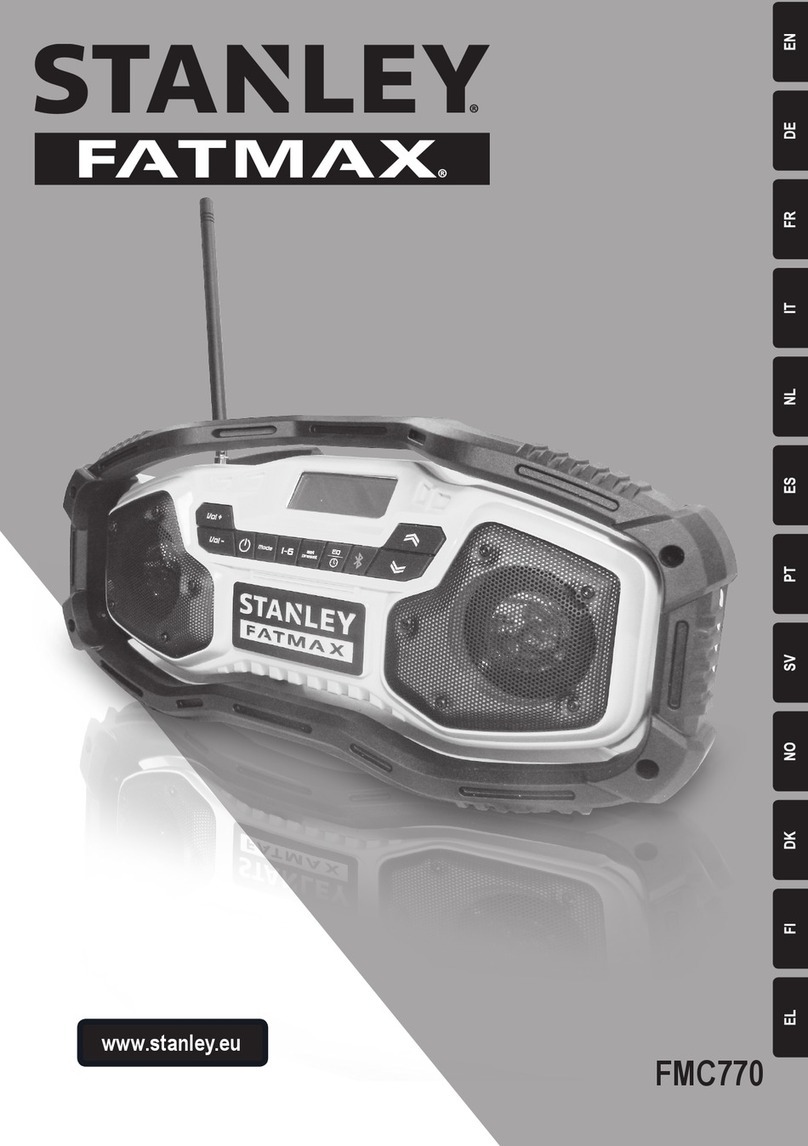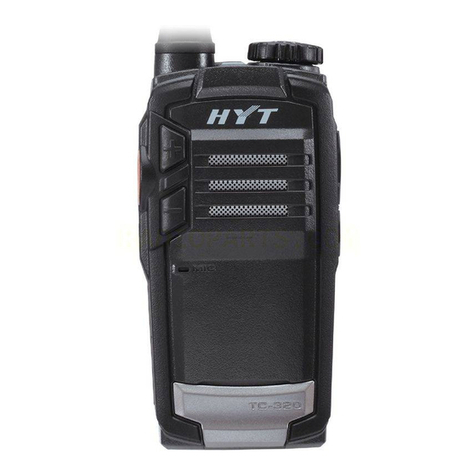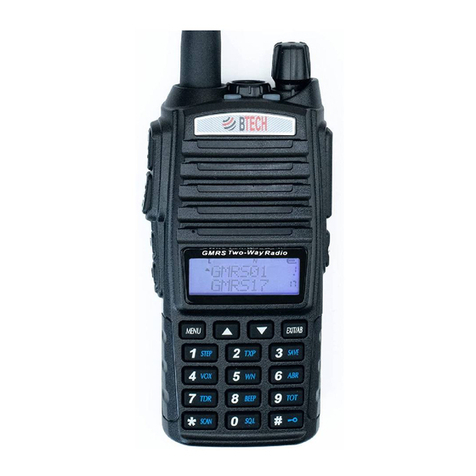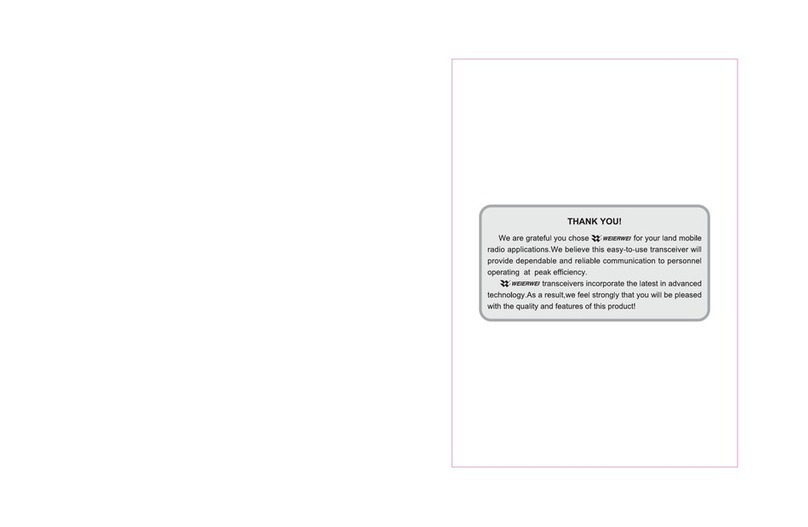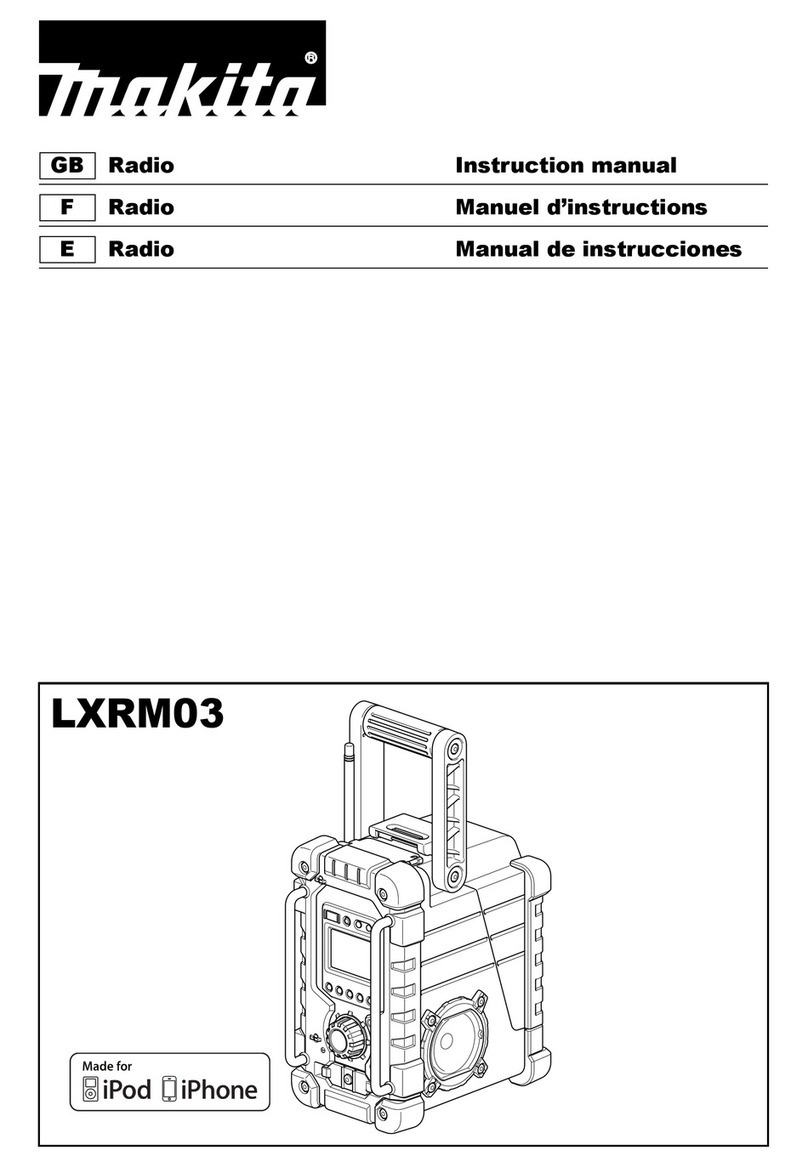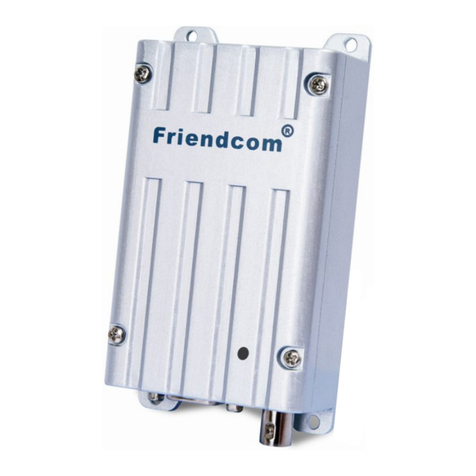
FEDERAL COMMUNICATIONS COMMISSIONS REQUIREMENTS J
Youf new Midland 13-898B is a combination receiver-transmitter designed, buiU, and . С. C. type
acceptcd for licensed Class D operation on any of ihe 23 frequeneies designated as citizens band
channels by the ederal Communications Commission. You are required to read and understand
Part 95 of the . C. C. rule» and régulations prior to operation of this unit. Part 95 régulations are
available from the Superintendent of Documents, Government Printing Office, Washington D. C.
20402. You are also required to complété . C. C. form 505 and submit it to the . C. C. in order to
receive your license to operate this unit. . C. C. régulations will be violated if you transmit with this
unit prior to receipt of your license.
NOTE: The technical information, diagrams, and charts provided in this manuał are supplied for
the use of a qualified holder of a first or second class radiotéléphone license in servicing
this transceiver. It is the user’s responsibility to see that this unit is operating at all times in
accordance with the . C. C. Citizens Radio Service régulations.
If you install or service your own transceiver, do not attempt to make any transmitter
timing adjustment. Transmitter adjustments are prohibited by the . C. C. unless you hold
a first or second class radiotéléphone license or are in the presence of a person holding
such a license. A Citizens Band or Amateur license is not sufficient.
When service is performed by an authorized and licensed person, care must be taken in the
replacement of parts to use only authorized pans, in order not to void the type acceptance
of this model.
Midland Electronics Company hereby certifies that this unit has been
designed, manufactured and . C. C. type accepted in accordance with
Vol. 6, Part 95 of the current . C. C. rutes and régulations as of the date of
manufacture.
- 1 -
